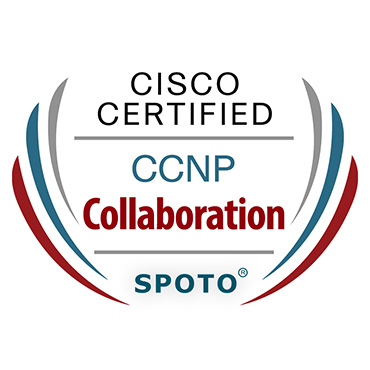As the name would be suggesting, software-defined wide-area networks utilize the software for controlling the connectivity, management as well as services between data centers and remote branches or cloud instances. Like it’s the brother of more prominent technology, software-defined networking, SD-WAN would be decoupling the control plane from the data plane. We would be discussing what it would mean for Networking, Security, and Cloud Computing. Before that, you must check out the training courses offered at the SPOTO Club for more hands-on training.


SD-WAN impact on security
SD-WAN impacts on network security would be considered the biggest one. The tipping point for tons of consumers would be the arrival of applications just like the cloud-based Office 365 and Amazon Web Services (AWS) applications requiring secure remote access. SD-WAN would be letting the customers set up securing the regional zones or whatever the customer would be needed and make them securely direct that traffic to where it would be required to go based on internal security policies. SD-WAN would be about incorporating and architecting security for apps such as AWS and Office 365 into your connectivity fabric. It would be a big motivator for moving toward SD-WAN.
With SD-WAN, mission-critical traffic, as well as assets, could be protected and partitioned against vulnerabilities in other parts of the enterprise. It utilizes case appears to be especially prevalent in verticals like retail, healthcare, and finances. SD-WAN could protect the application traffic from threats within the enterprise and outside by leveraging a full stack of security solutions, which would be included in SD-WAN like the next-gen firewalls, IPS, URL filtering, malware protection, as well as cloud security.
SD-WAN Impacts on cloud environments
While security, as well as reducing traditional WAN costs, would be driving SD-WAN adoption, the need for securely and rapidly tie in cloud services is also considered to be a significant motivating factor. There would be many trends driving the increased utilization of SD-WAN technologies, a major one being the increased use of containers and cloud-based applications requiring access from the edge. The scope of clients that would be requiring needing SD-WAN service access to the data center or cloud resources would be changing and proliferating.
Customers would be increasingly looking to SD-WAN technologies to tie the data center with cloud resources, Anderson said. SD-WAN technologies would have evolved a lot in just the past two years, making it quite easy to spin-up the supplies for making that possible in a quick and inexpensive way. An important focus would be creating a fluidity of data sources between on-premises as well as public clouds. Enterprises would be seeing their private data centers continue to grow, while at the same time, it would be expanding their adoption of public cloud services.
They would be looking forward to building standard management and policy-based governance across their multi-cloud environments so they could be and securely deploy, innovate, and manage applications at an accelerated rate. According to Cisco’s 2018 Global Cloud Index, it verifies that by 2021, 94 percent of workloads, as well as computing instances, would be processed by cloud data centers with about 6 percent being processed by traditional data centers. Major SD-WAN vendors would be including Cisco, VMware, and others, and have teamed with cloud providers like the AWS, Microsoft Azure, and Google Cloud to in part for easing SD-WAN traffic optimization.
SD-WAN would be impacting the Enterprise Networking, Security, and Cloud Computing, so if you wish to gain more information on the same, you should opt for the training courses offered at the SPOTO Club.












Comments